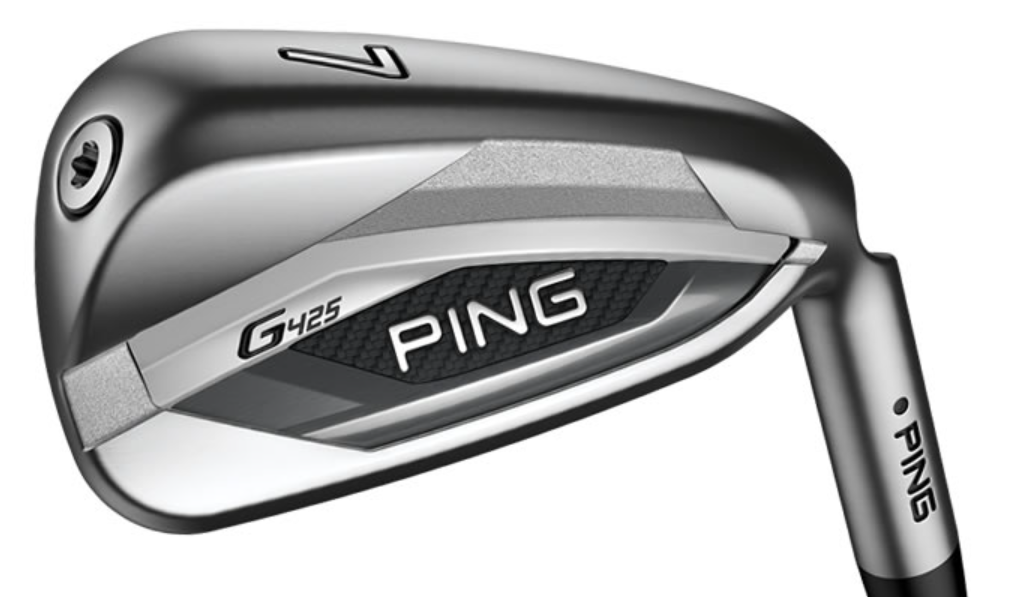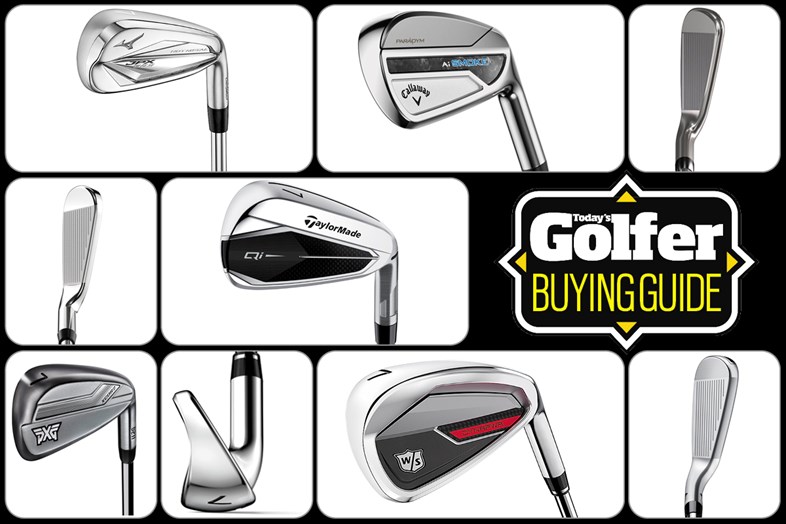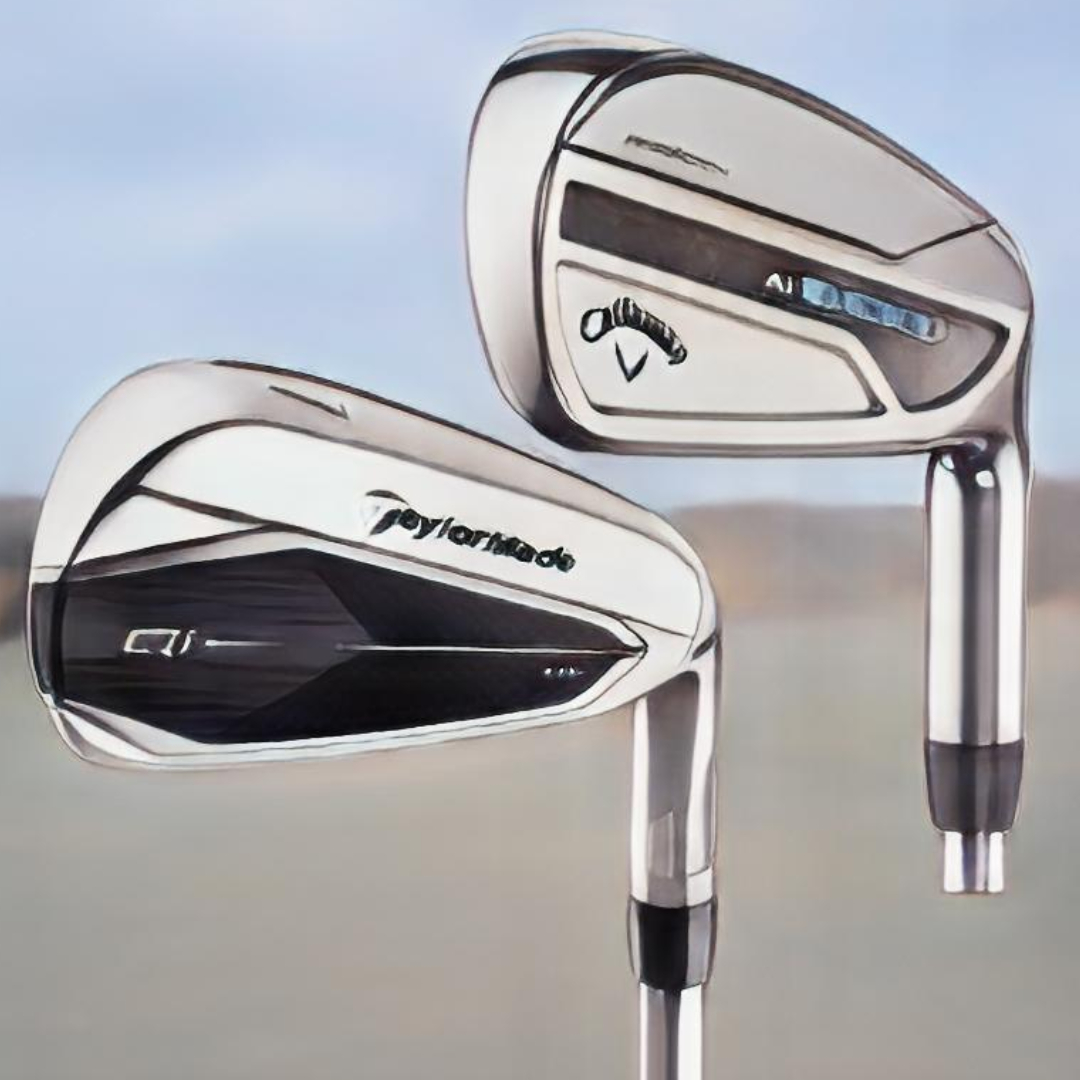Game Improvement Irons Vs Players Irons

Choosing the right iron can drastically impact your golf game. Are you eyeing game improvement irons or leaning towards players irons? The decision hinges on your skill level and desired performance characteristics.
This article dissects the core differences between game improvement and players irons. We'll explore who benefits from each type, the key features to consider, and how to make the right choice for your game.
Game Improvement Irons: Forgiving Power
Who: Primarily aimed at high-handicap golfers and beginners. These irons are designed to maximize forgiveness and launch the ball higher.
What: Game improvement irons typically feature larger clubheads and wider soles. This design increases the sweet spot, minimizing the impact of off-center hits.
How: The larger sweet spot enhances forgiveness on mishits. Perimeter weighting distributes mass around the clubhead, resisting twisting and maintaining ball speed.
Many models incorporate offset designs, which help square the clubface at impact. This reduces slices and promotes a straighter ball flight. Expect stronger lofts for increased distance.
When: Ideal for golfers struggling with consistent ball striking. Also perfect for those seeking more distance and higher launch angles. Data from Golf Datatech shows that game improvement irons consistently outsell players irons in the recreational market.
Key Features of Game Improvement Irons:
Larger clubheads provide a bigger hitting area. Wider soles improve turf interaction. Lower center of gravity promotes higher launch.
Offset design helps square the clubface. Thicker toplines instill confidence at address.
Players Irons: Precision and Control
Who: Suited for low-handicap golfers and skilled ball strikers. These irons prioritize feel, workability, and precision.
What: Players irons have smaller clubheads and thinner toplines. They offer enhanced control and feedback at impact.
How: The compact design allows for precise shot shaping and trajectory control. Less offset promotes a more neutral ball flight.
They provide better feel, allowing skilled players to sense the clubhead's position throughout the swing. These irons are often forged for superior feedback.
When: Players irons are best for experienced golfers seeking maximum control and workability. They are the iron of choice on the professional tours. According to PGA Tour equipment reports, a vast majority of pros use players irons or blade-style irons.
Key Features of Players Irons:
Smaller clubheads offer increased workability. Thinner toplines promote a clean look at address.
Minimal offset supports a neutral ball flight. Forged construction enhances feel.
Making the Right Choice
Choosing between game improvement and players irons depends on your skill level. Consider your handicap, ball-striking ability, and desired performance characteristics.
Where: Visit a qualified club fitter for a personalized evaluation. A fitter can analyze your swing and recommend the best iron type for your game.
Demo different models on a launch monitor to compare performance data. This objective feedback will help you make an informed decision.
Why: Selecting the right irons can dramatically improve your scores and enjoyment of the game. Investing in a proper fitting is crucial.
Next Steps
Consult with a certified club fitter to analyze your swing and evaluate different iron models. TrackMan data and other launch monitor metrics can provide invaluable insights.
Regular practice and lessons will further enhance your game, regardless of the irons you choose. Keep abreast of new iron releases and technological advancements.
The debate between game improvement and players irons will continue. But remember that the *best* iron is the one that suits *your* game the most.


















